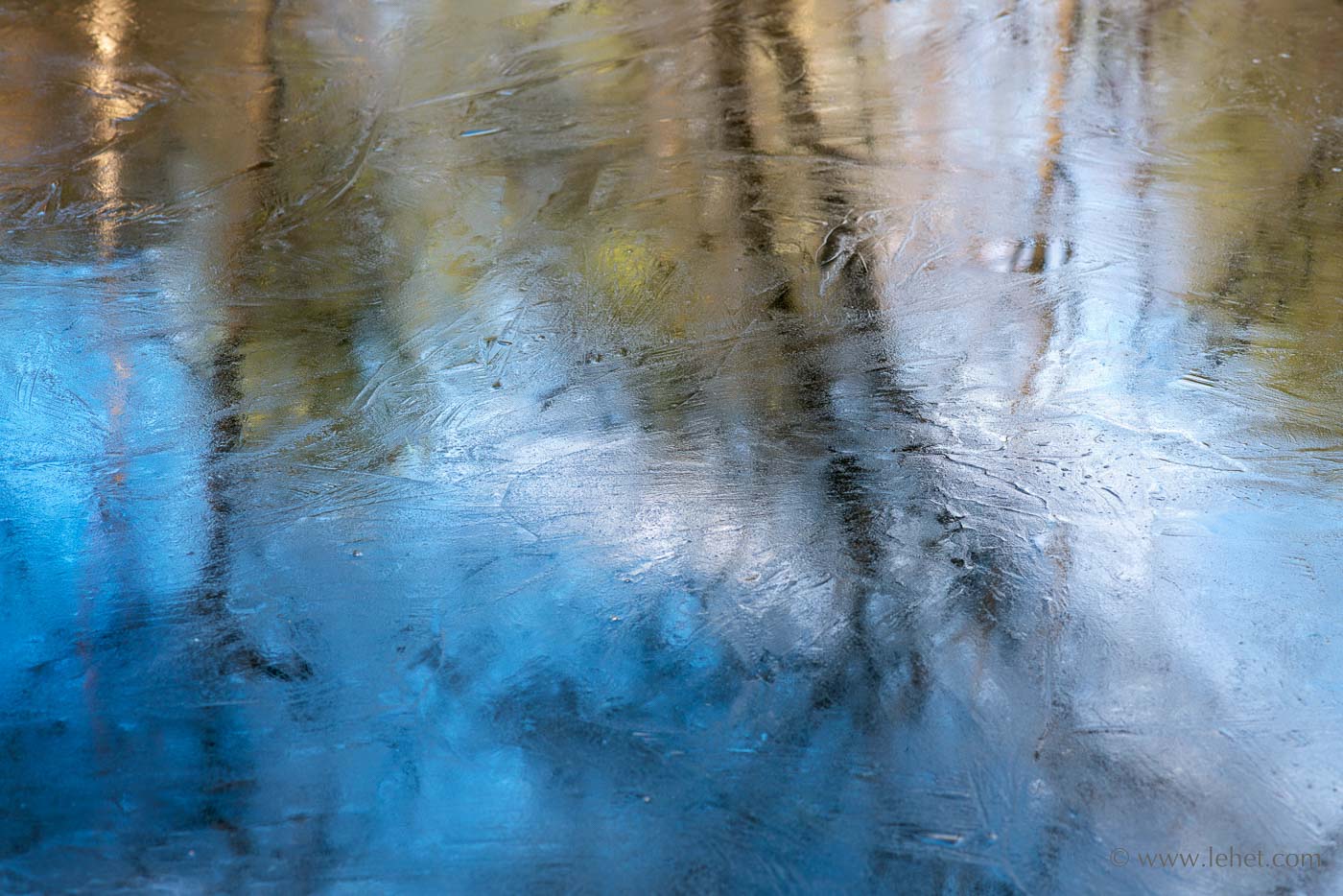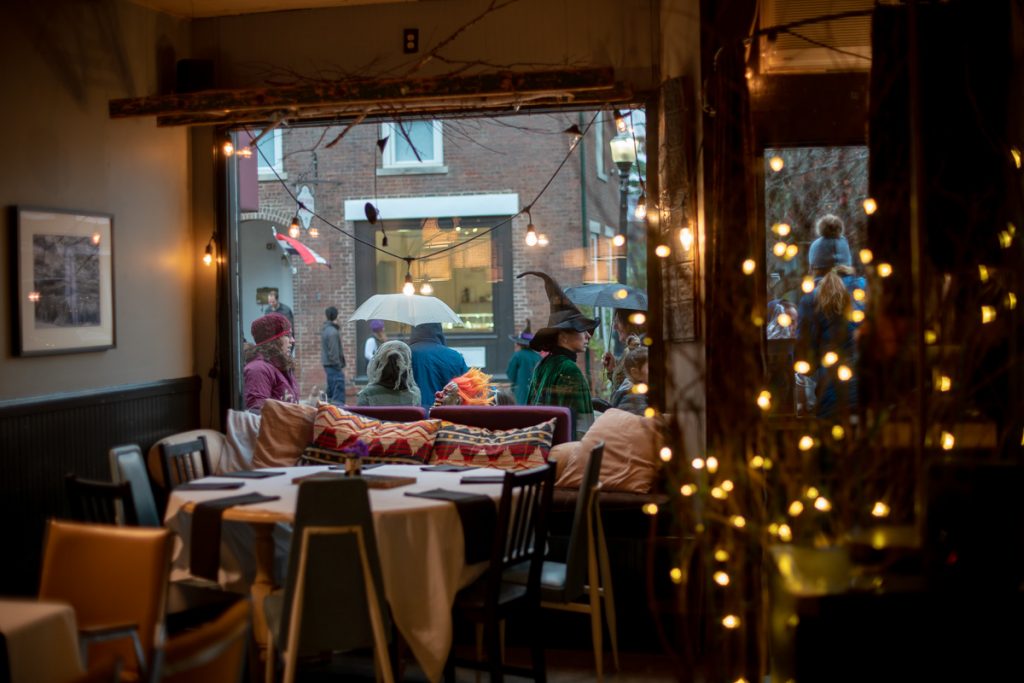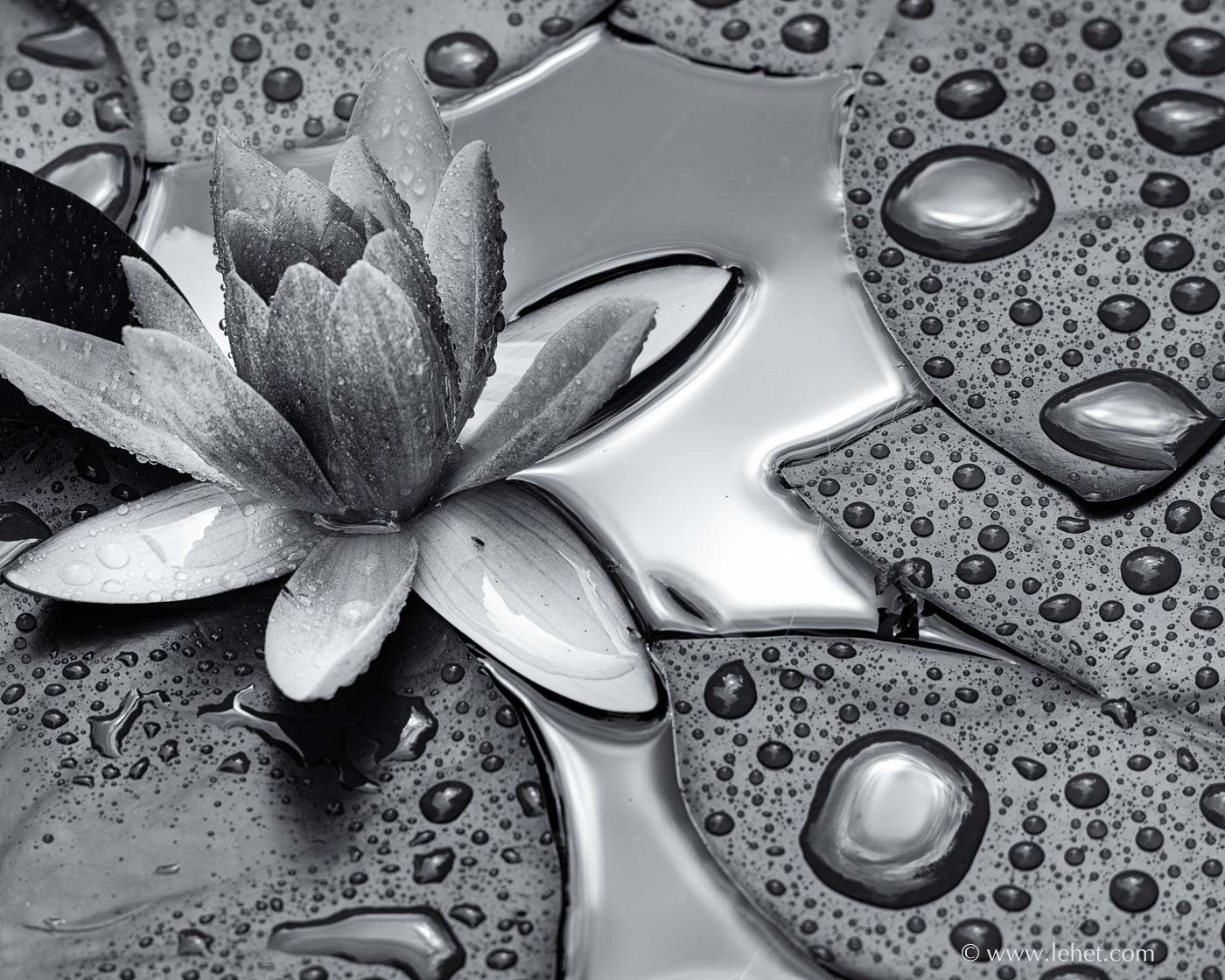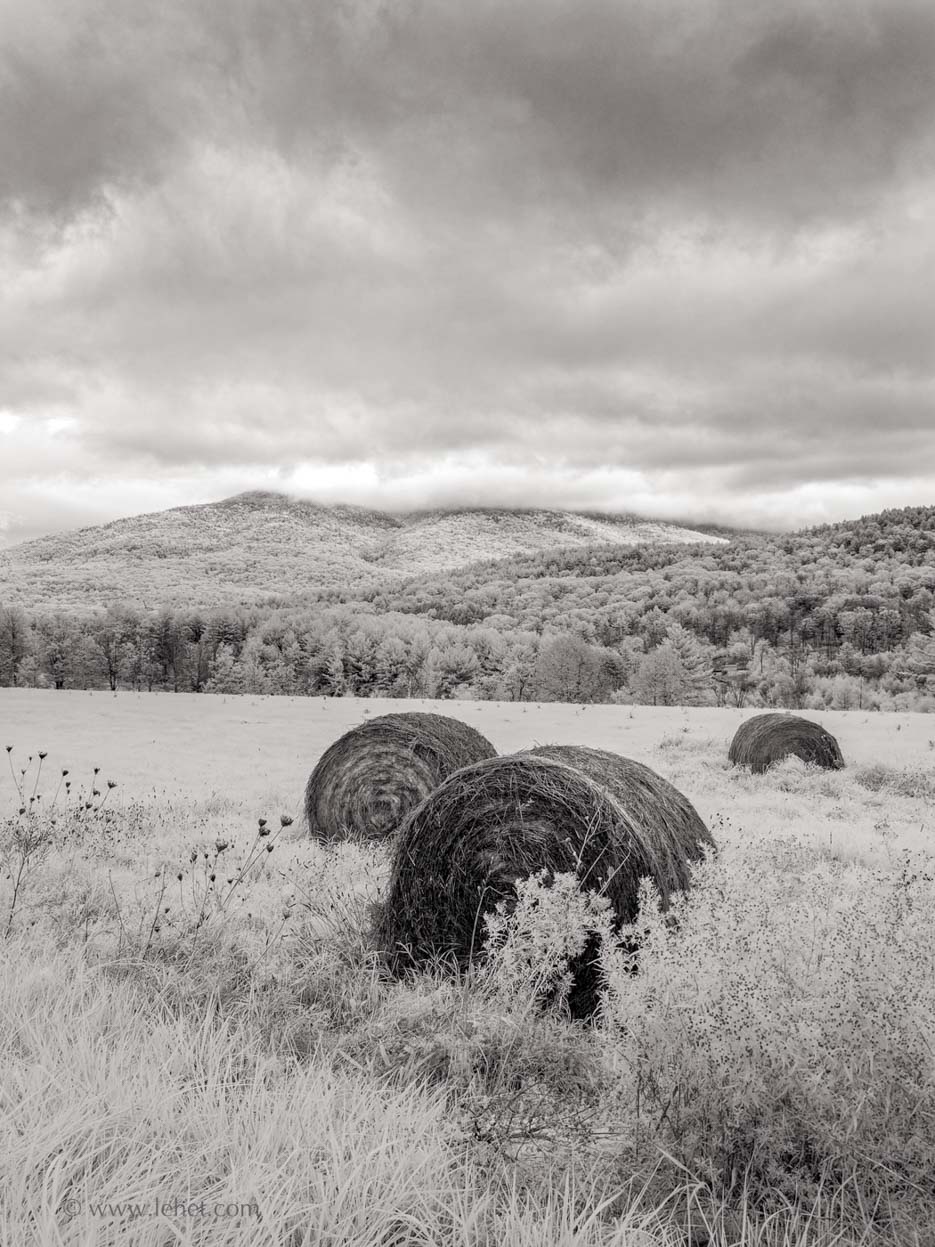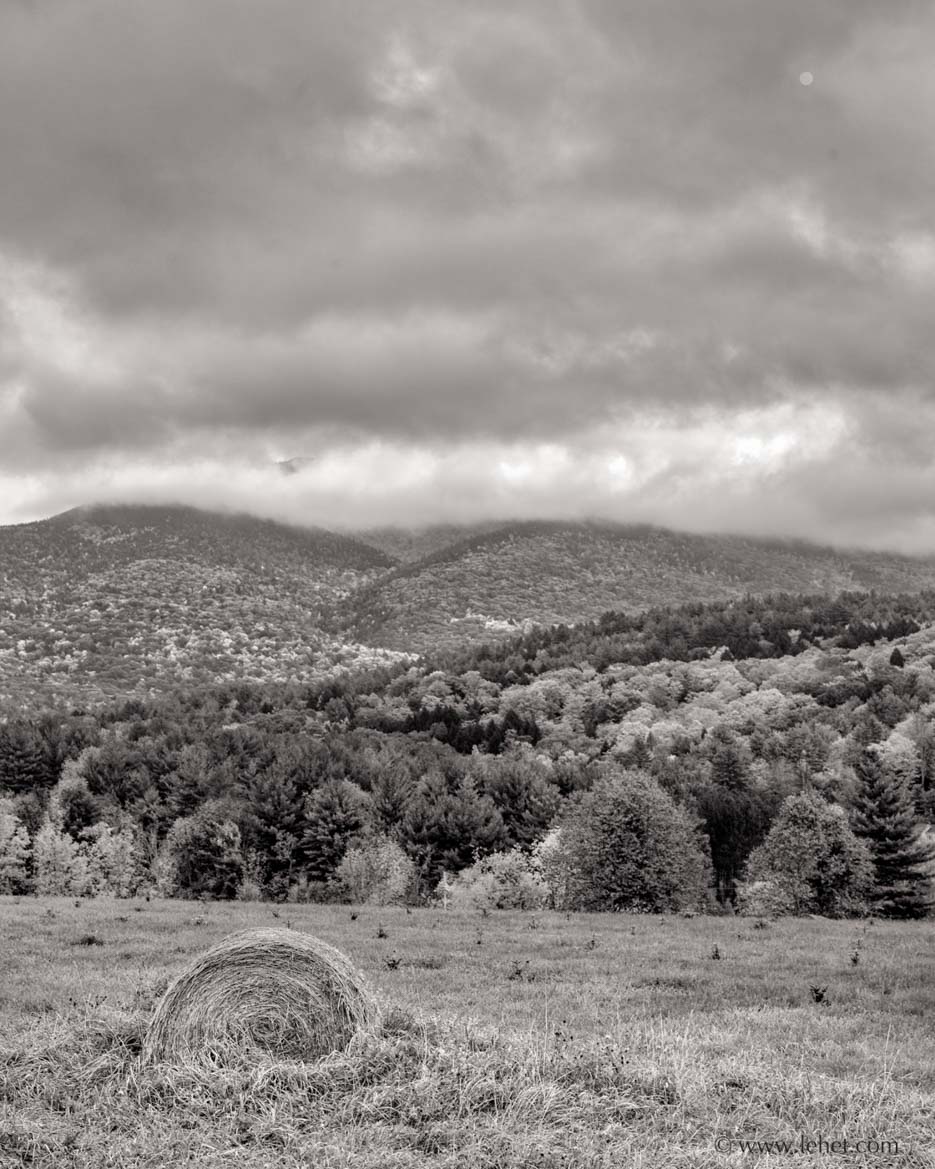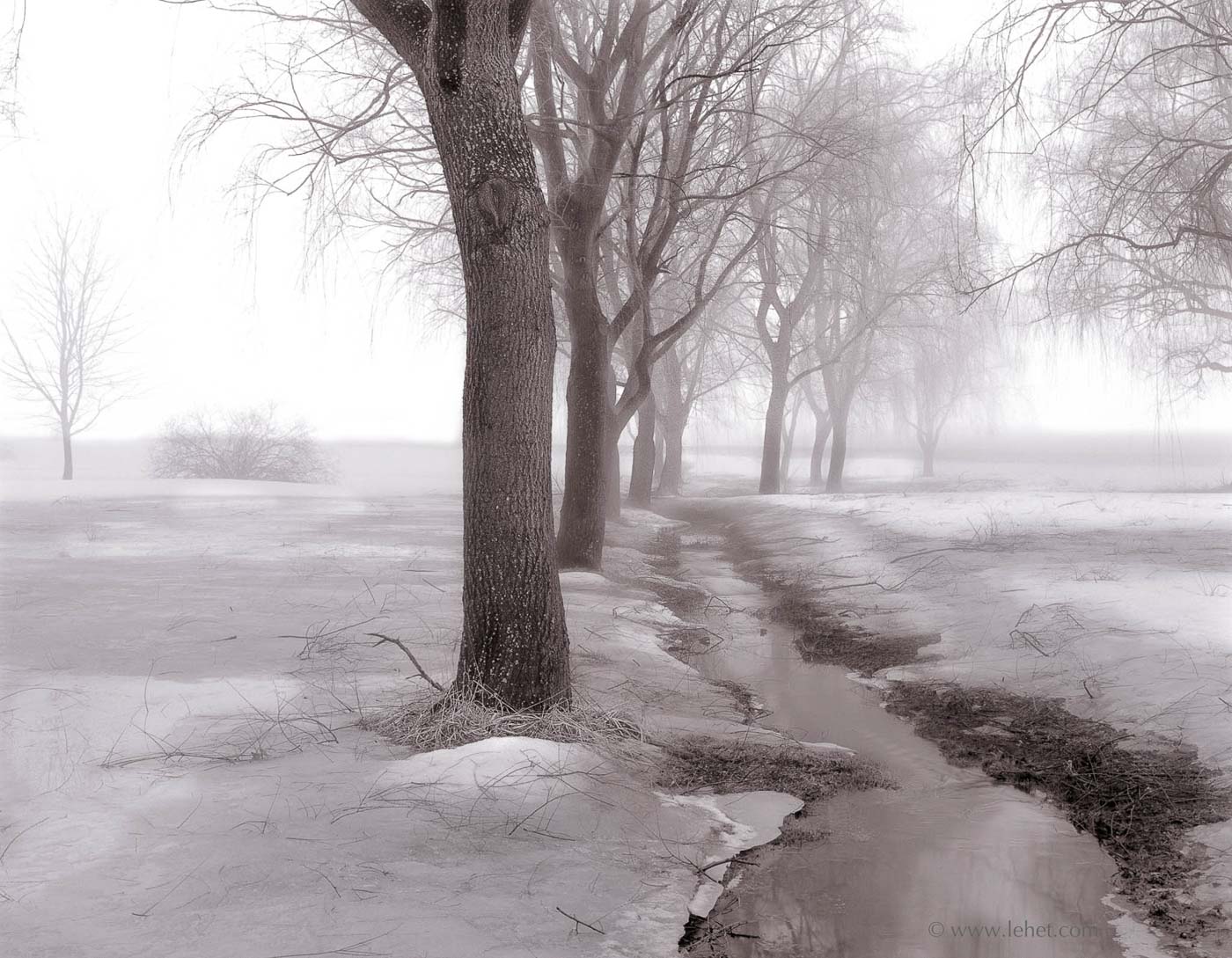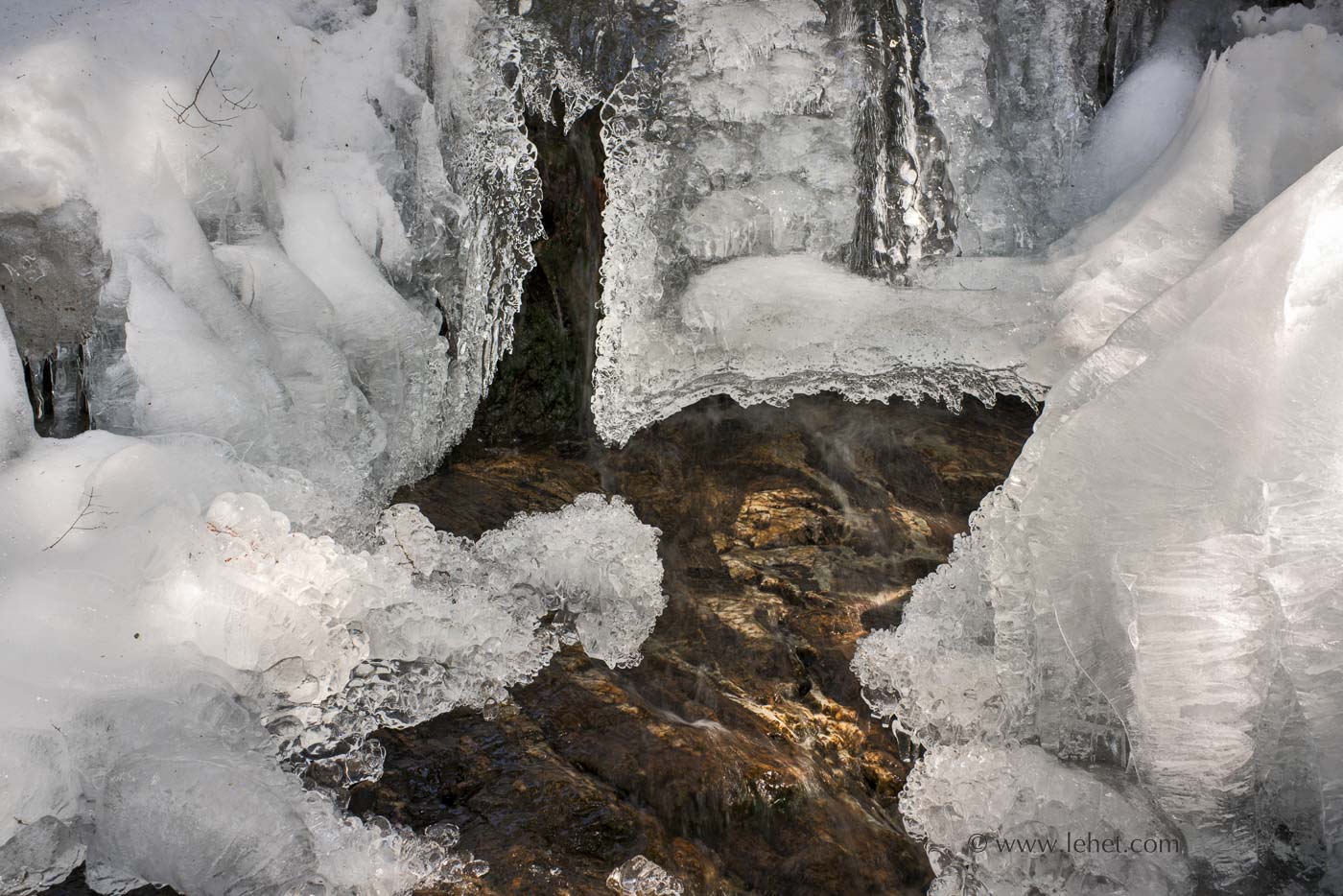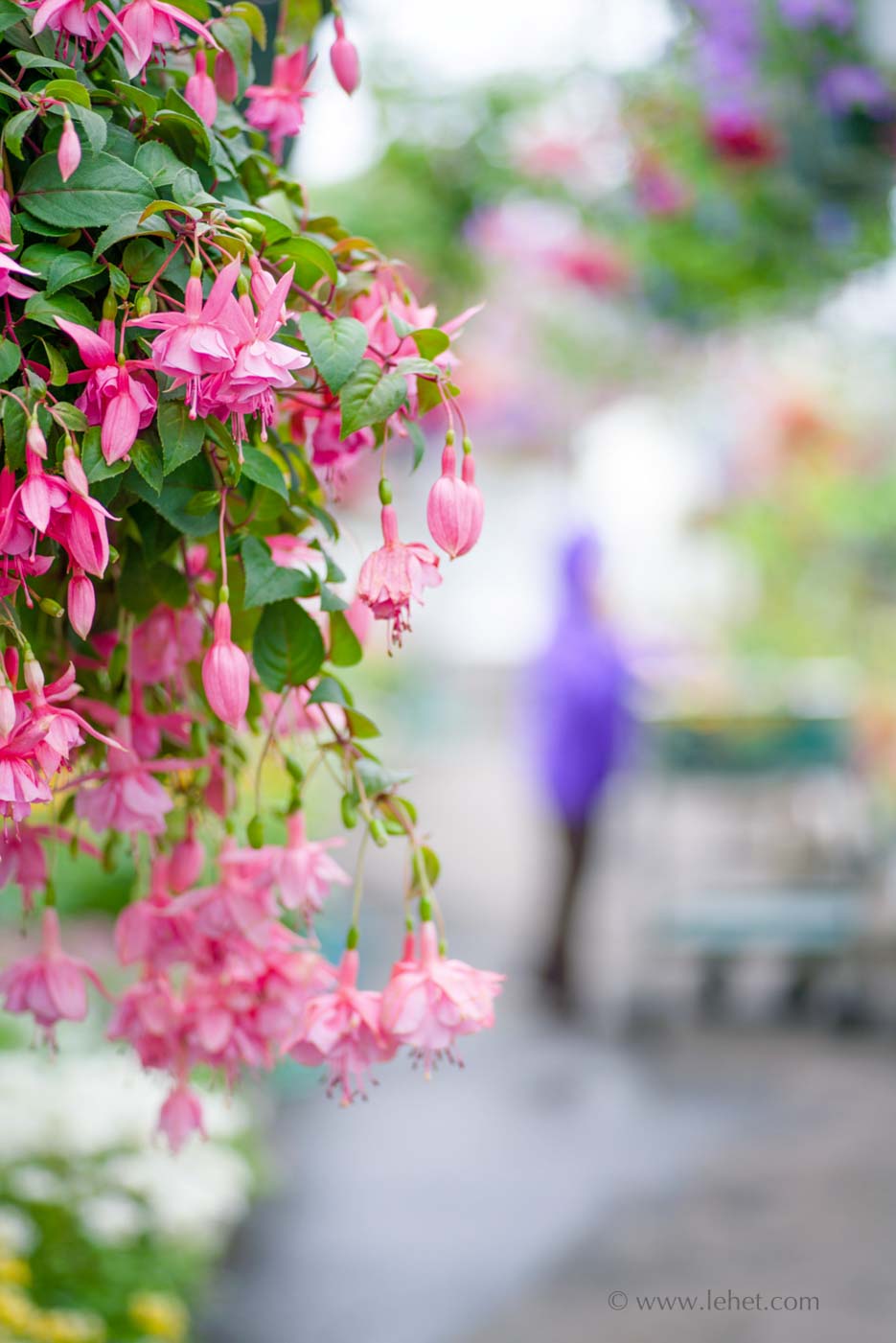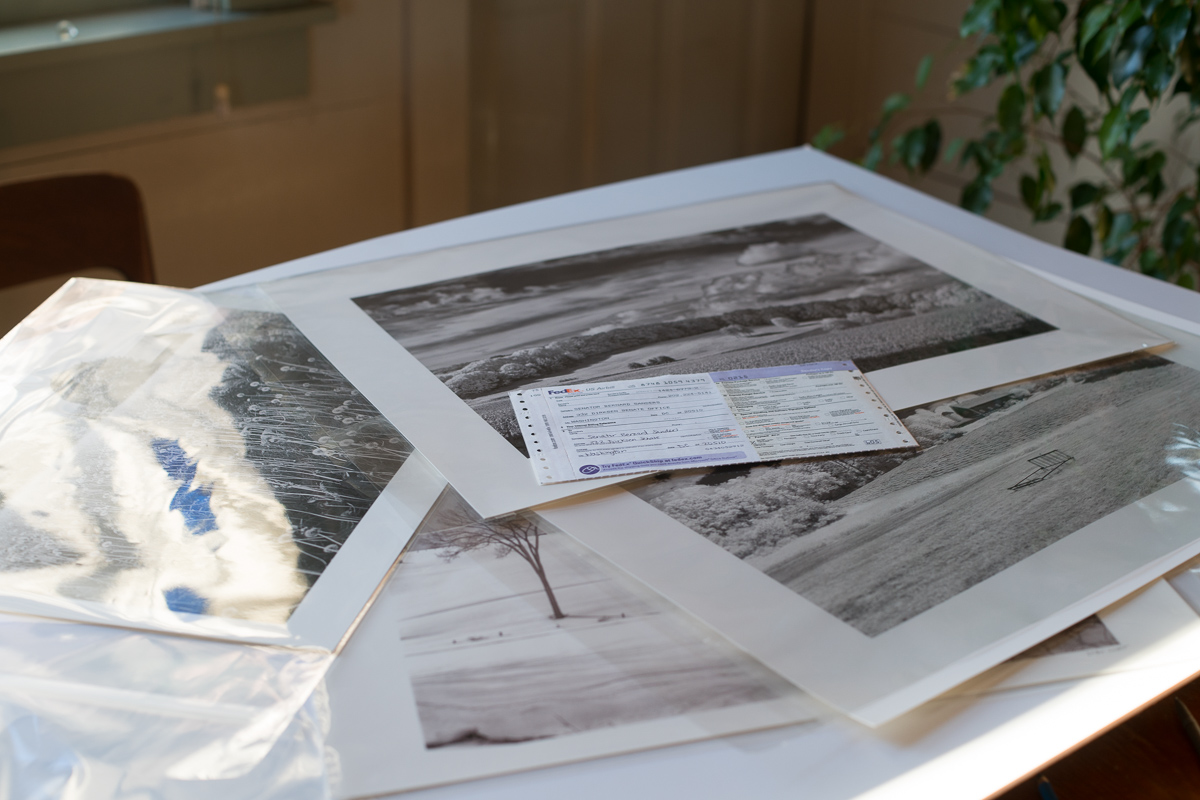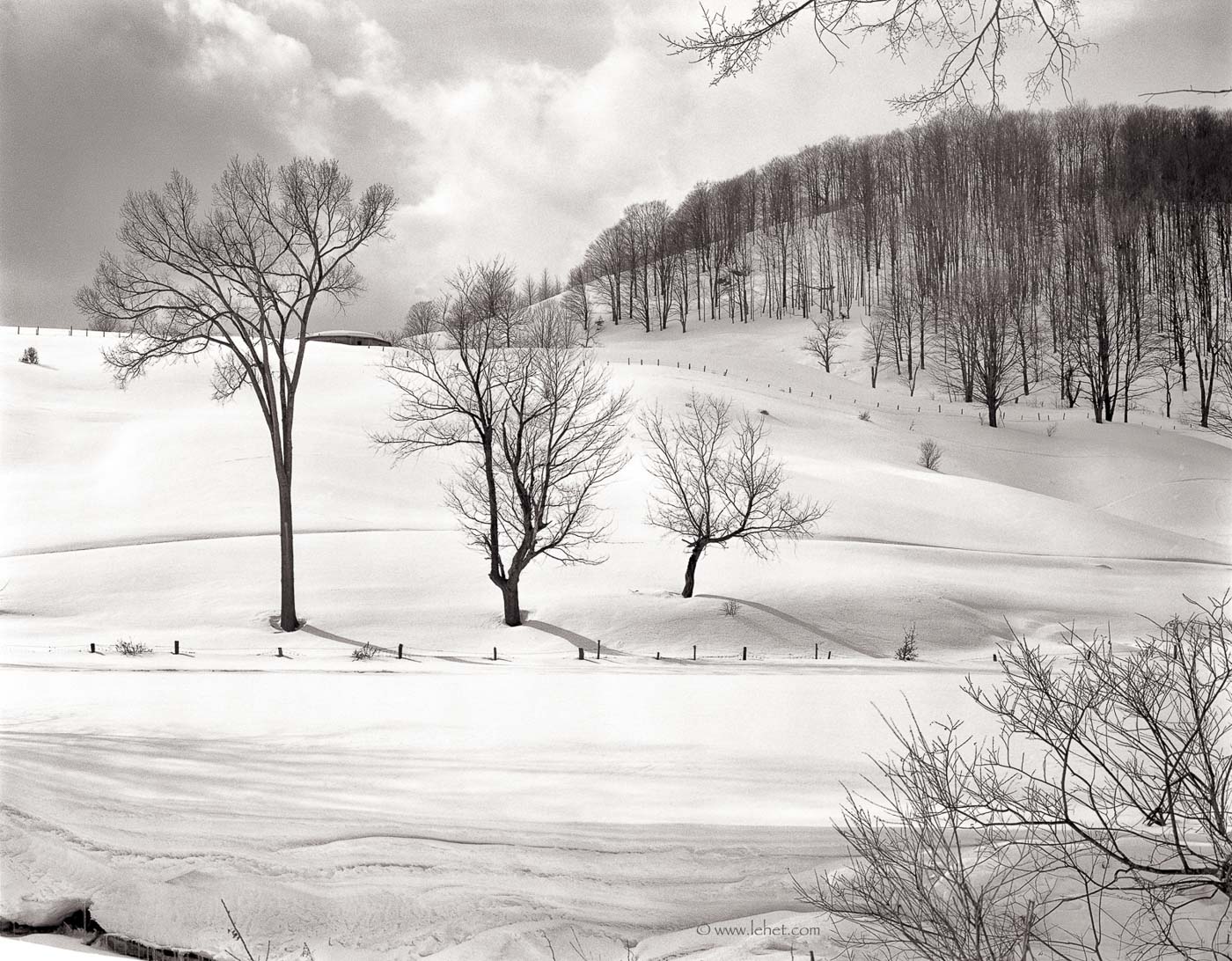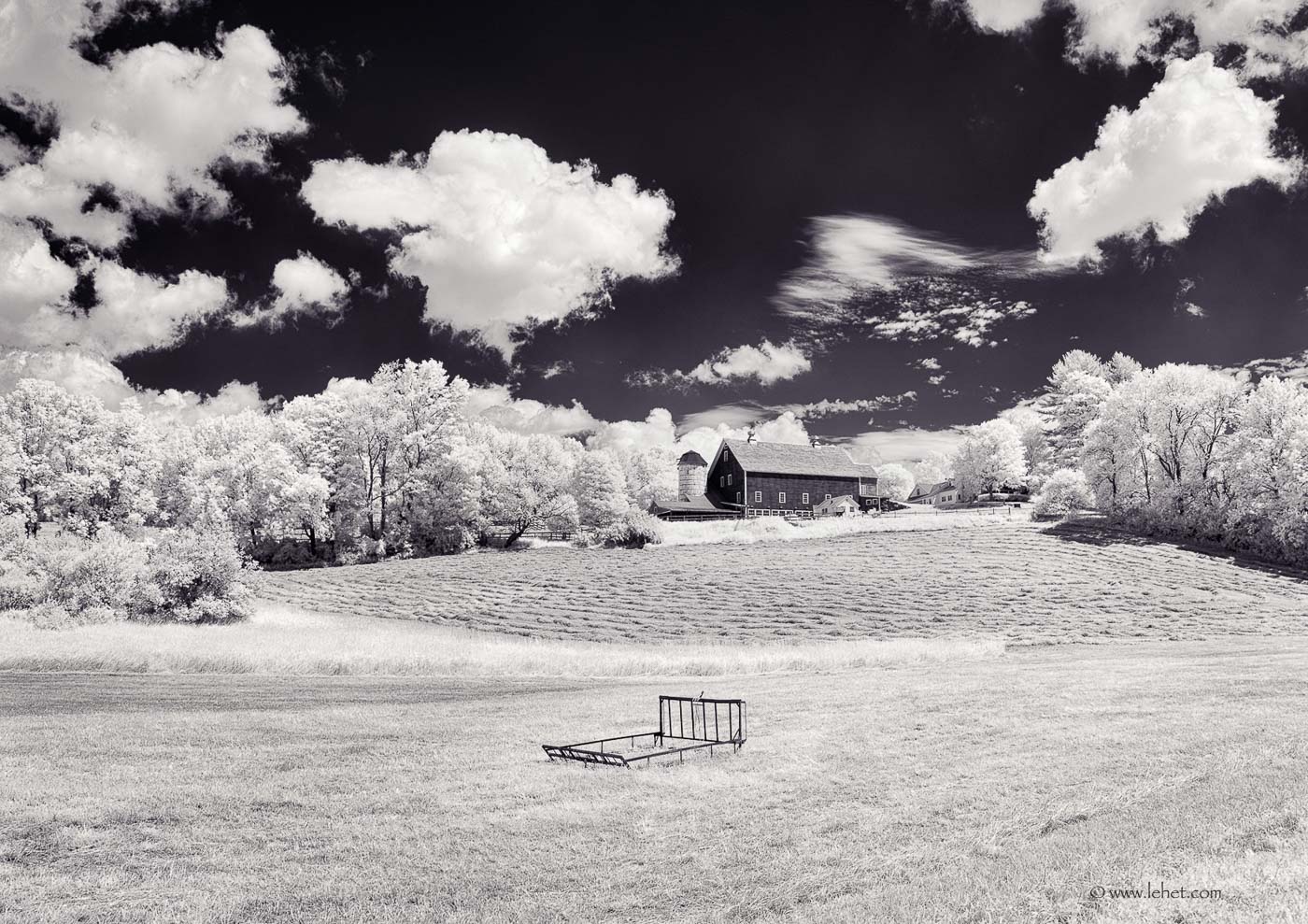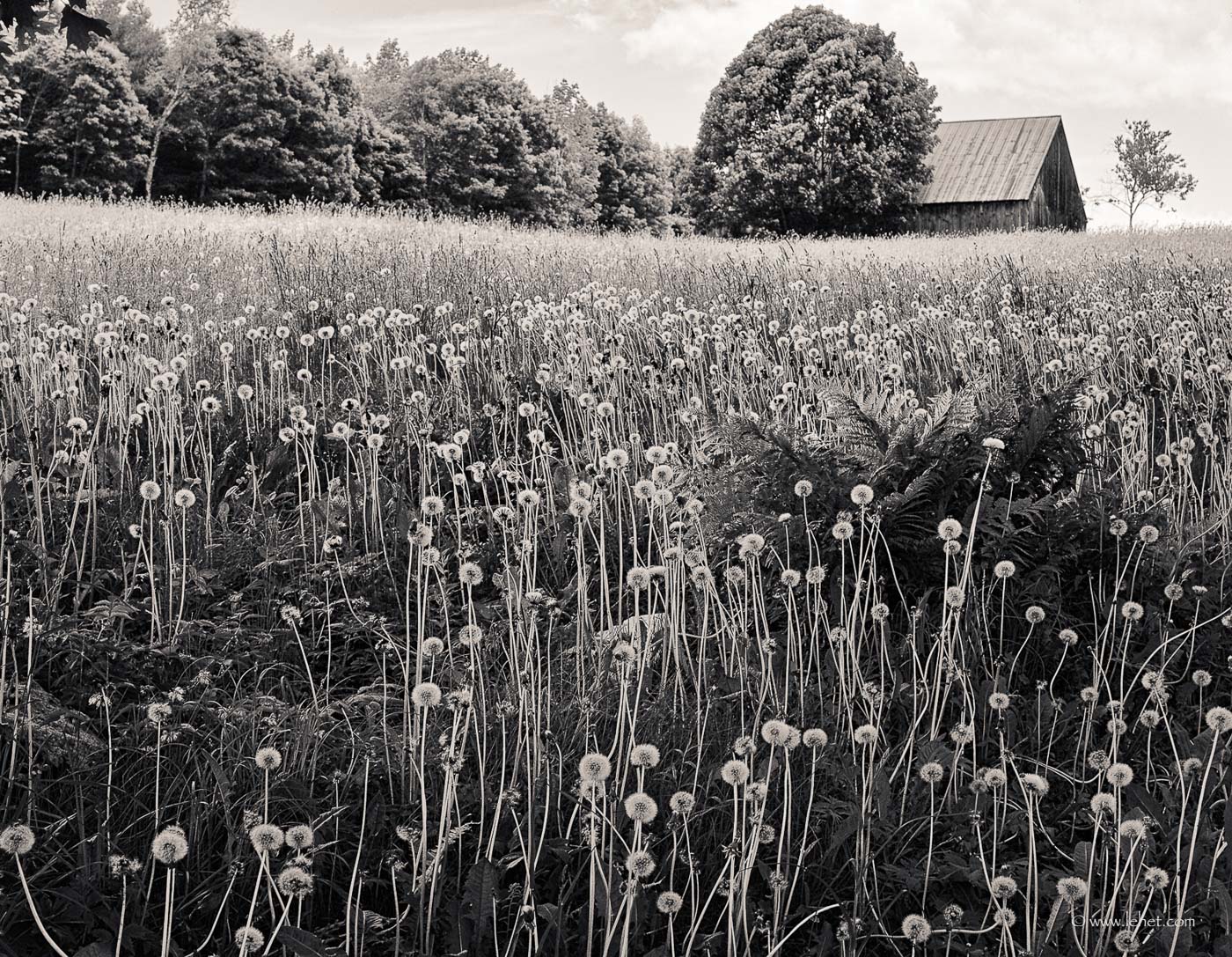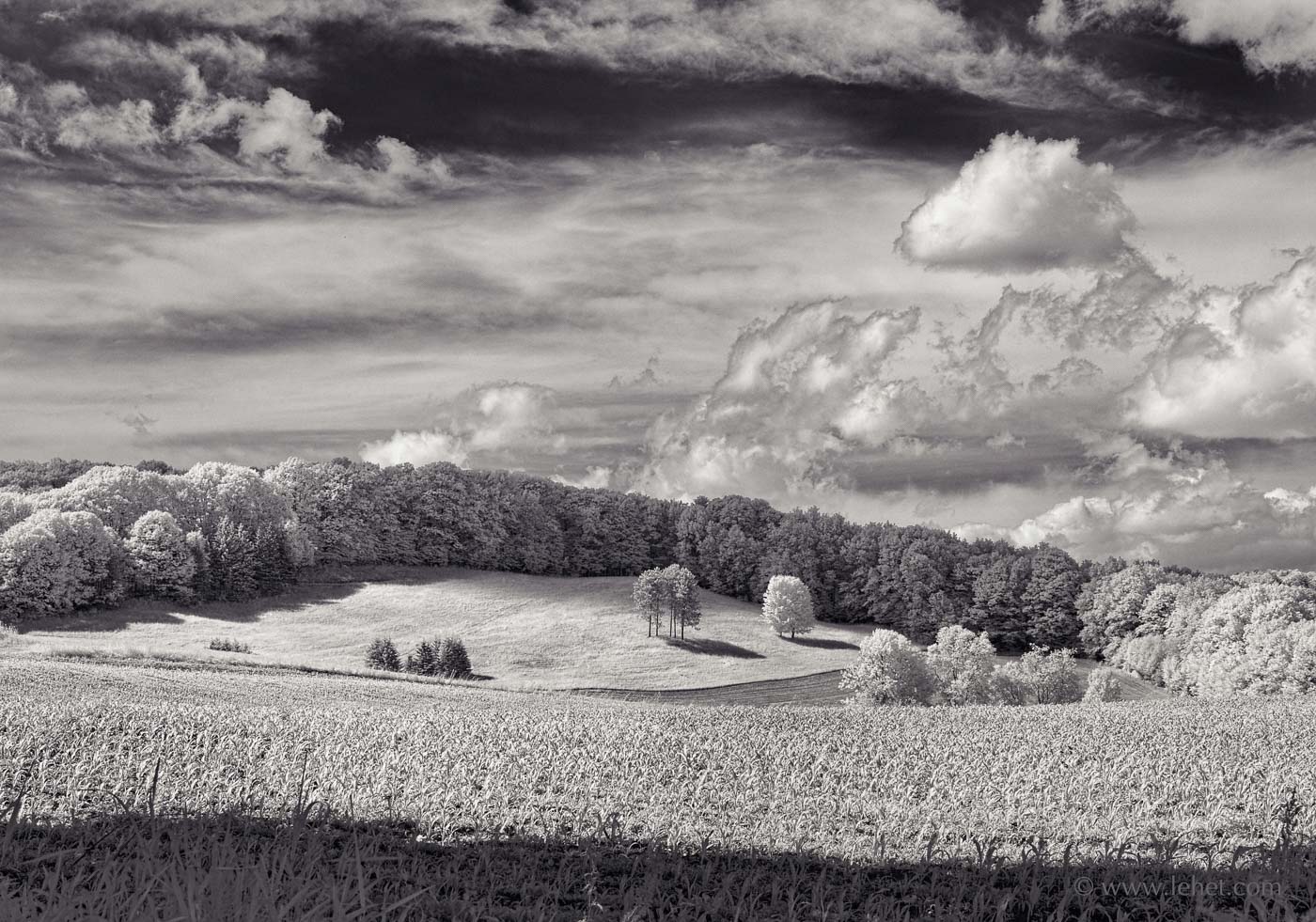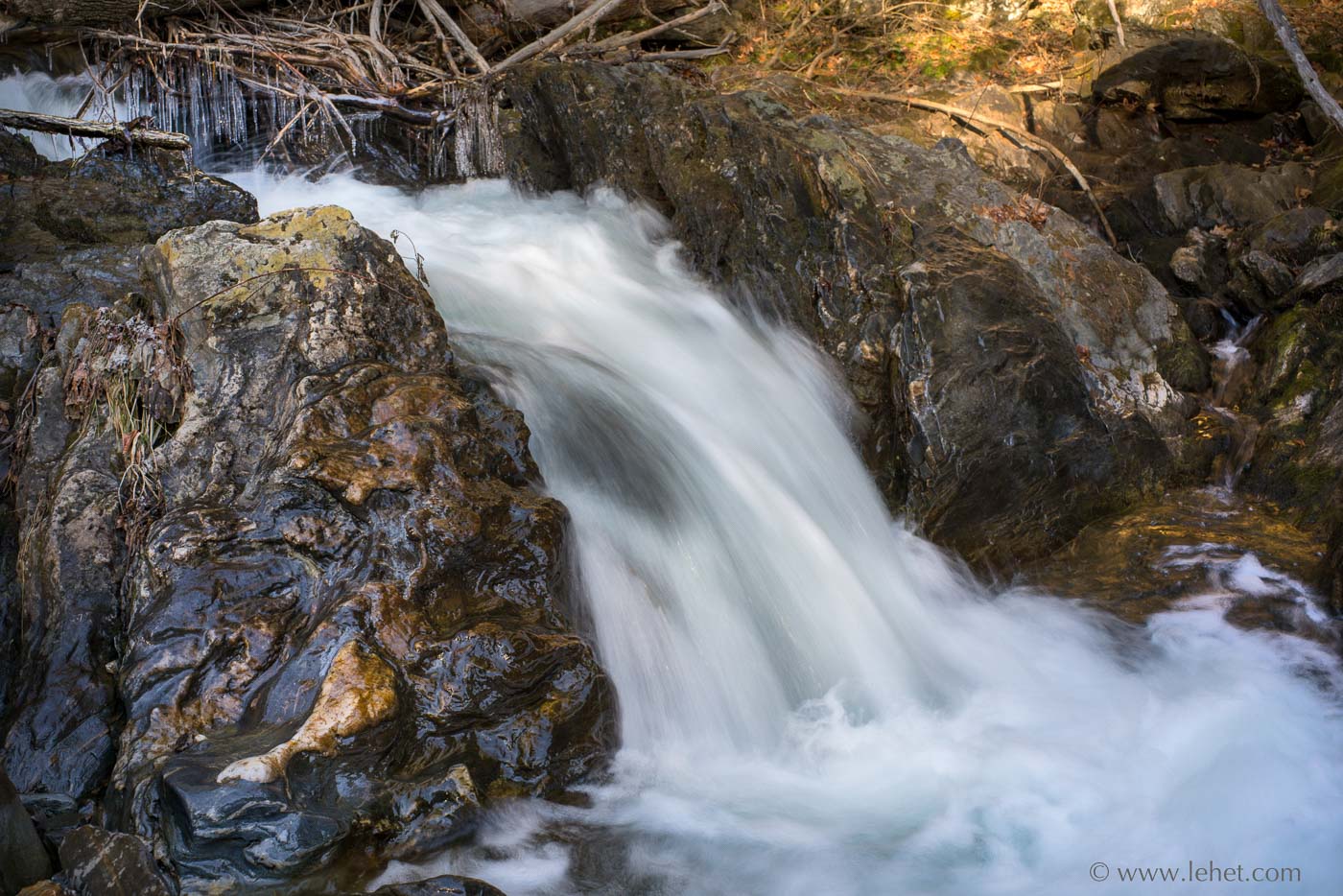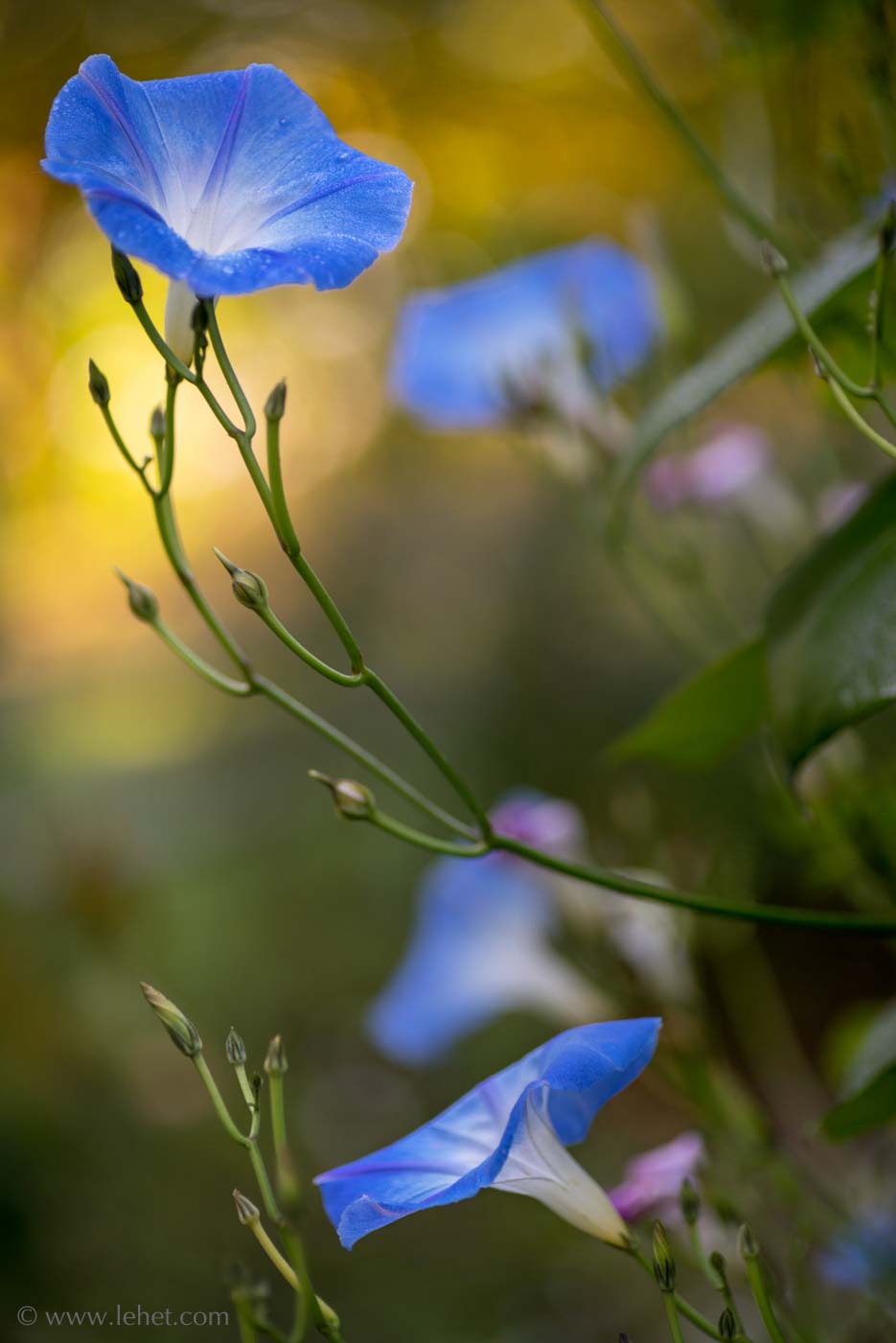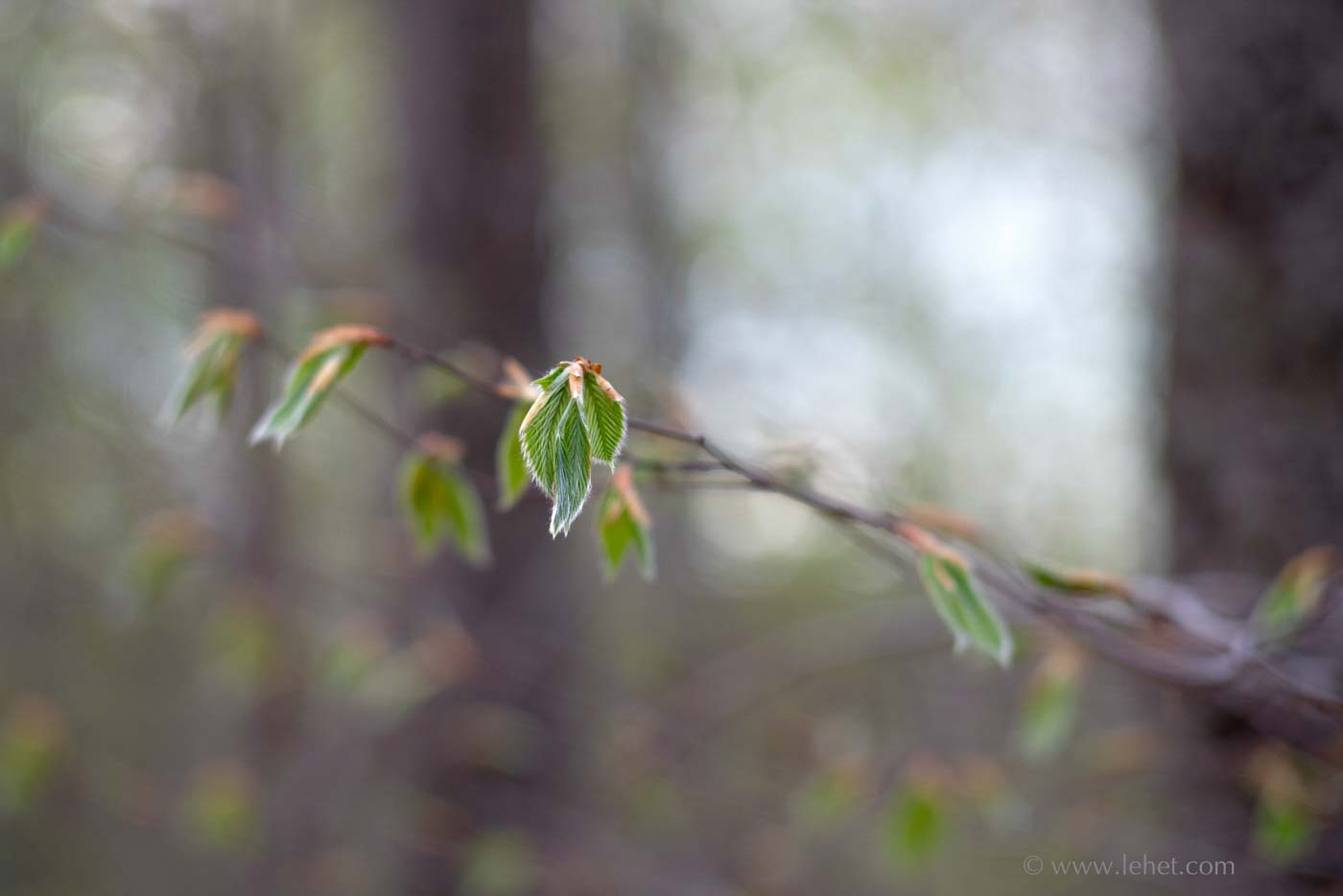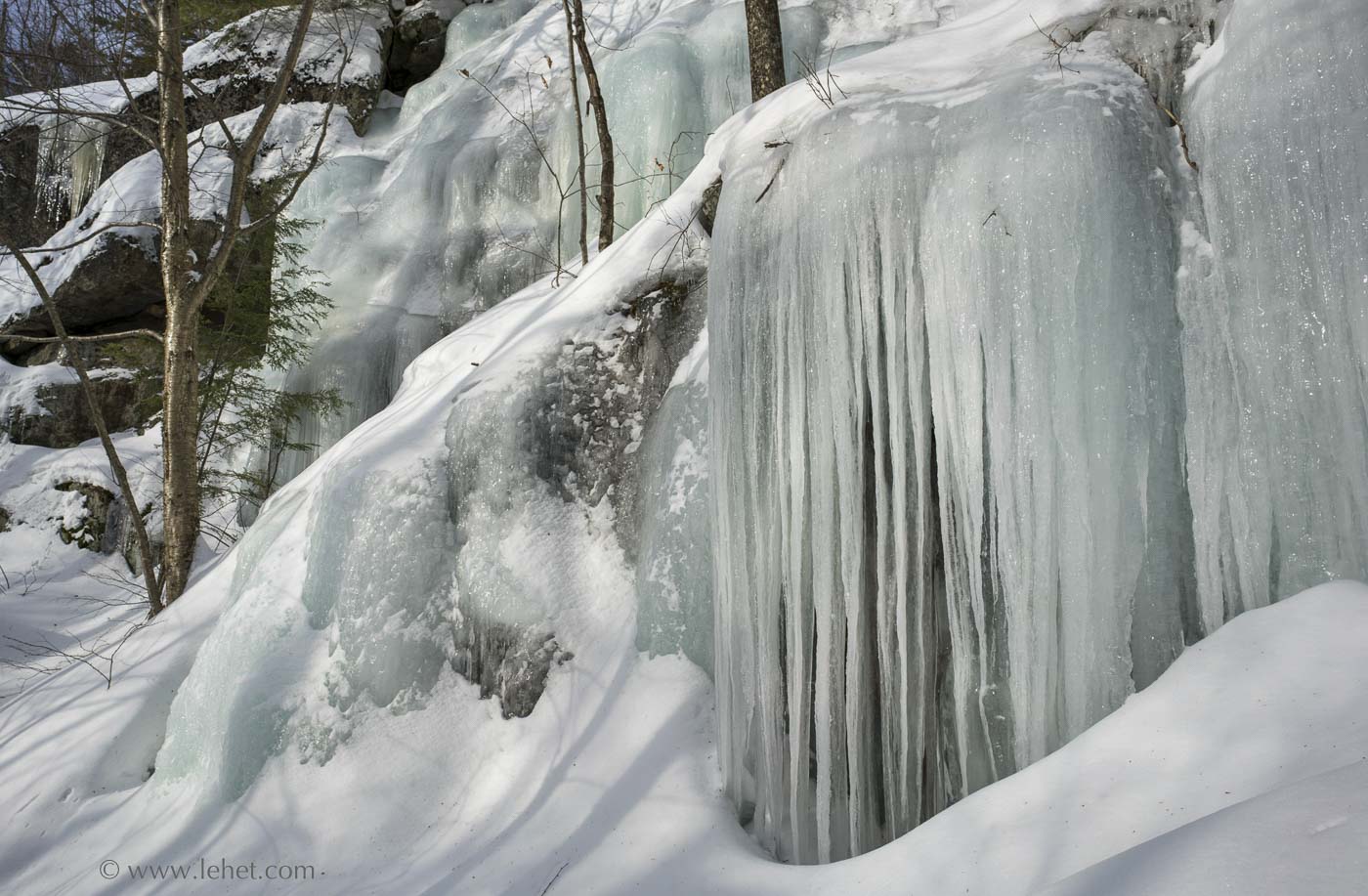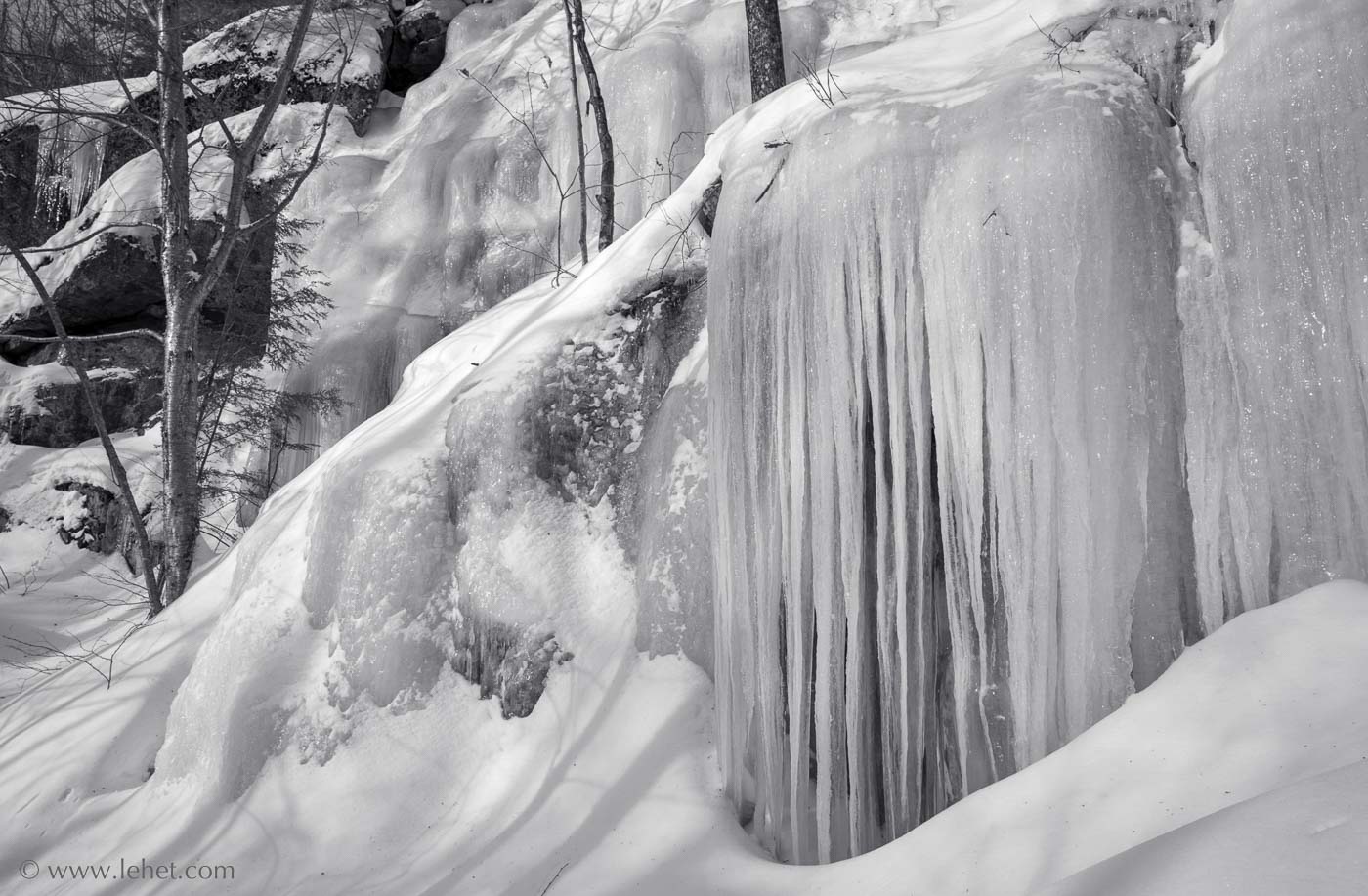This photo looks like I somehow enhanced it to create a painting appearance, especially through the middle of the print and on the left, but that is how the ice looked. I just saw it that way through the lens.
For a larger view or to buy a print, go to this photo’s page
Practice helps us remember what we know, when we are in other situations. This goes for practicing photography, and the same for my meditation practice and dharma studies. It’s hard to practice enough, but it helps if I do. The point isn’t just so one can best inhabit the moment when things are going well, but also when things are going badly.
What is the practice? What helps? Well, keeping what we might call The View. Which is to say an understanding of how reality works. It turns out that photography is a lot like meditation in a lot of ways. Probably meditation is the more important practice, but it’s also interesting to have an action that manifests the same wisdom that we mostly learn through non-action. The active version helps spread the view into life. Then there is mindfulness. Attention. Cultivating, making better and better friends with awareness. Again, this cuts both ways. Sometimes with feet in the fire, it just makes it more intense. But then, strangely, sometimes it helps. It helps to feel the fire. It helps, in photography, to be able to wait until the situation is one to work with.
As a photographer, we are open to experience. Shape, form, light, and other events manifest in various ways, and we make an exposure through a lens. Usually that manifestation is temporary. The exact circumstance and light will not occur again. Our job is to experience and recognize the moment and then keep it together to do what we need to get an exposure to work through the lens. Sometimes nothing much is happening that seems worth photographing, and other times it’s hard to keep up with it. Sometimes, from a photographer’s perspective, the world in front of the lens is lousy, and sometimes fantastic.
Al our life is the same. It comes together in a way that will please us from some perspective; then sometimes the way it comes together is not pleasing, useful, or interesting from our personal perspective. Of course the perspective that finds the world pleasing, or not pleasing, is as temporary as other manifestations. If we are hungry, food is beautiful. If we are overstuffed, it can be repulsive. The world changes, perspective changes, but there is always a relationship between our current perspective, arising and changing, and the outer world, manifesting and changing.
Usually the appearance of new ice on my pond is interesting and pleasing to me as a photographer, plenty of chance for interesting texture, color, abstraction. I know it will be gone soon, melting by noon, or else settling into a more solid and boring form as it becomes an enduring sheet.
I used to try for deep depth of field a lot in this kind of photography, but I am loosening up quite a bit, mostly starting last year. This was exposed through a medium long old Zeiss prime lens with amazing sharpness and also a beautiful quality to the blur when out of focus at a medium aperture.

